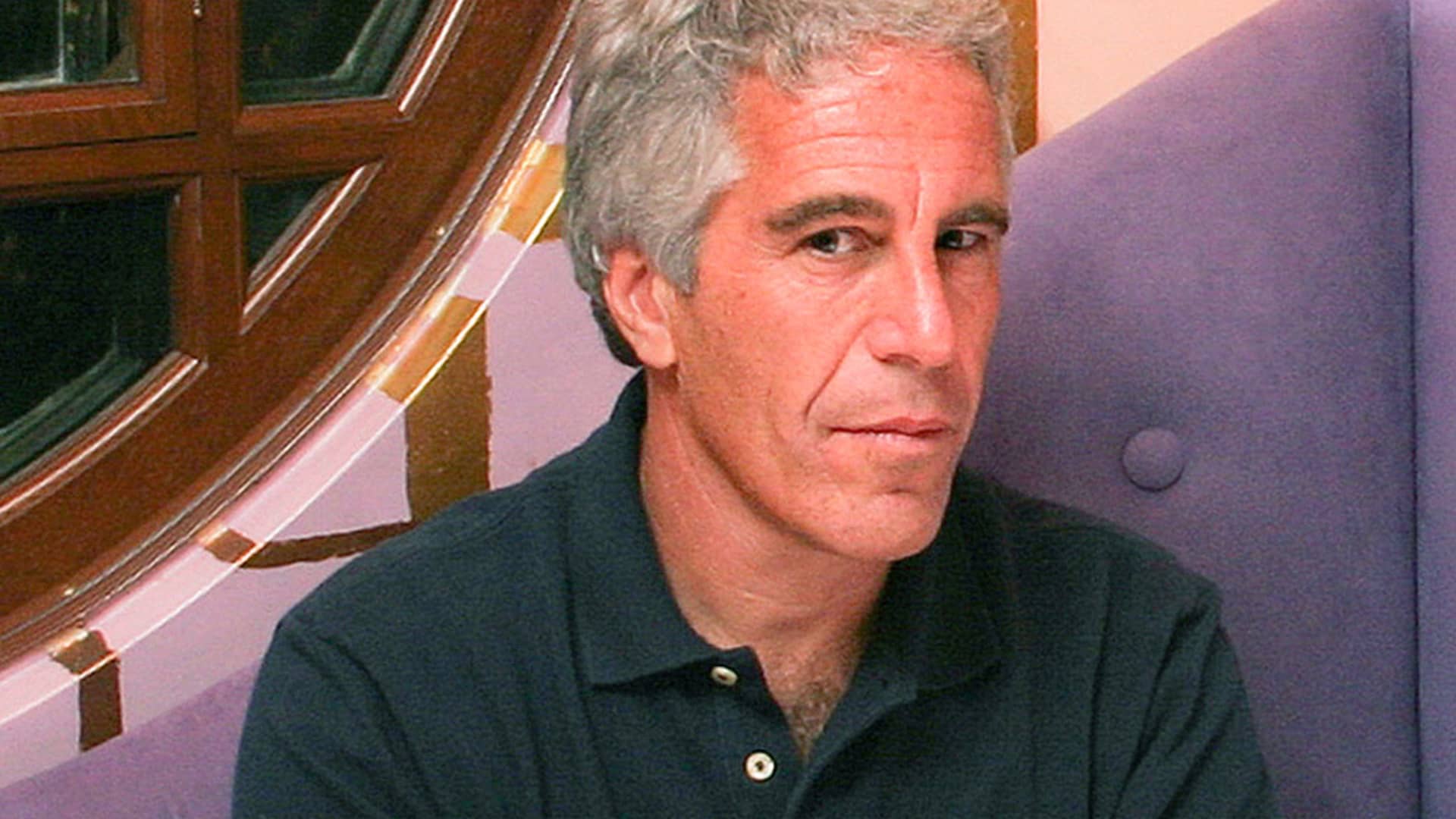
Bank of Japan Governor Kazuo Ueda responds to questions during a Governors talk on Japanese inflation and monetary policy at the International Monetary Fund (IMF) and the World Bank Group 2024 Fall Meeting in Washington, U.S., October 23, 2024.
Kaylee Greenlee Beal | Reuters
The Bank of Japan hiked rates by 25 basis points Friday to 0.5%, bringing its policy rate to its highest level since 2008, as it seeks to normalize its monetary policy.
The move comes in line with expectations from CNBC’s survey from Jan 15-20, which saw an overwhelming majority of economists predict a hike.
In its statement, the BOJ revealed that the decision was a 8-1 split, with board member Toyoaki Nakamura dissenting.
Nakamura said the central bank should only make change in policy after confirming a rise in firms’ earning power from reports that would be out by the next monetary policy meeting.
Following the decision, the Japanese yen strengthened 0.3% to trade at 155.61 against the dollar, while country’s benchmark Nikkei 225 stock index rose 0.33%.
The yield on the 10-year Japanese government bonds rose 1.7 basis points to 1.222%.

Senior BOJ officials, including governor Kazuo Ueda and Deputy Governor Ryozo Himino, had indicated the central bank’s willingness to raise rates.
The BOJ will be watching closely the “shunto” wage negotiations, and hopes to see “strong wage hikes” in the 2025 fiscal year, Himino said in a speech to business leaders on Jan. 14.
In a note on Jan. 21, Vincent Chung, co-portfolio manager for diversified income bond strategy at T. Rowe Price, said that moving forward, a rate increase will be followed by “a series of gradual hikes, potentially bringing the policy rate to 1% by the end of the year.”
He added that the policy rate could even exceed 1%, as this is closer to the lower end of the BOJ’s neutral rate range.
In September, BOJ board member Naoki Tamura said the neutral rate “would be at least around 1 percent,” although BOJ does not have an official neutral rate forecast.
Chung noted that while Japanese officials have indicated that yen volatility has been significant, any substantial currency intervention akin to last year seems unlikely.
Last July, the yen hit its weakest level against the dollar since 1986, reaching 161.96. Japanese authorities later confirmed that they spent 5.53 trillion yen, or $36.8 billion, to shore up the yen in July.
Japan spent over 15.32 trillion yen ($97.06 billion) to shore up the currency over the course of 2024.
Chung said inflation in the U.S. might increase later this quarter, and coupled with sustained economic growth, this could exert upward pressure on yields, which could strengthen the dollar — weakening the yen.
“Investors should also consider that with potential major policy shifts in trade and the Fed nearing a pause, the two-sided risk to growth is likely greater this year than in 2024. Consequently, we expect realized volatility in USD/JPY to remain high in 2025,” he said.




